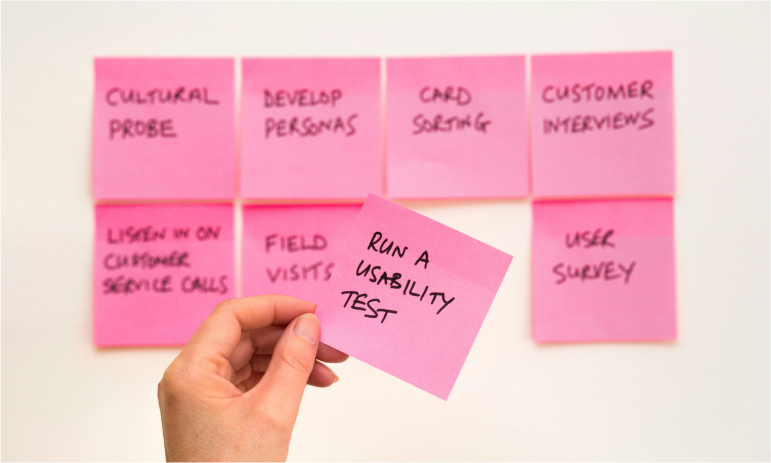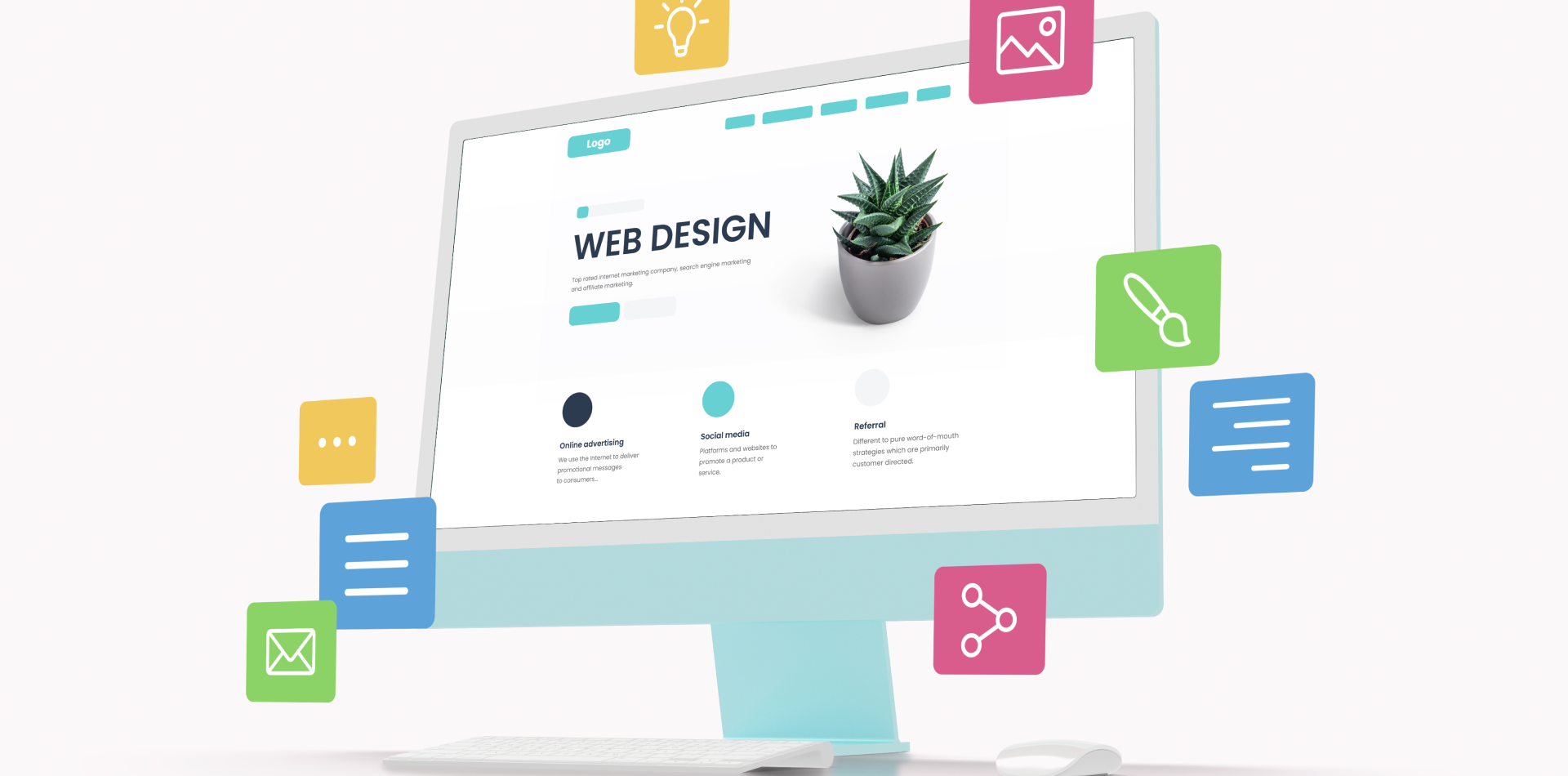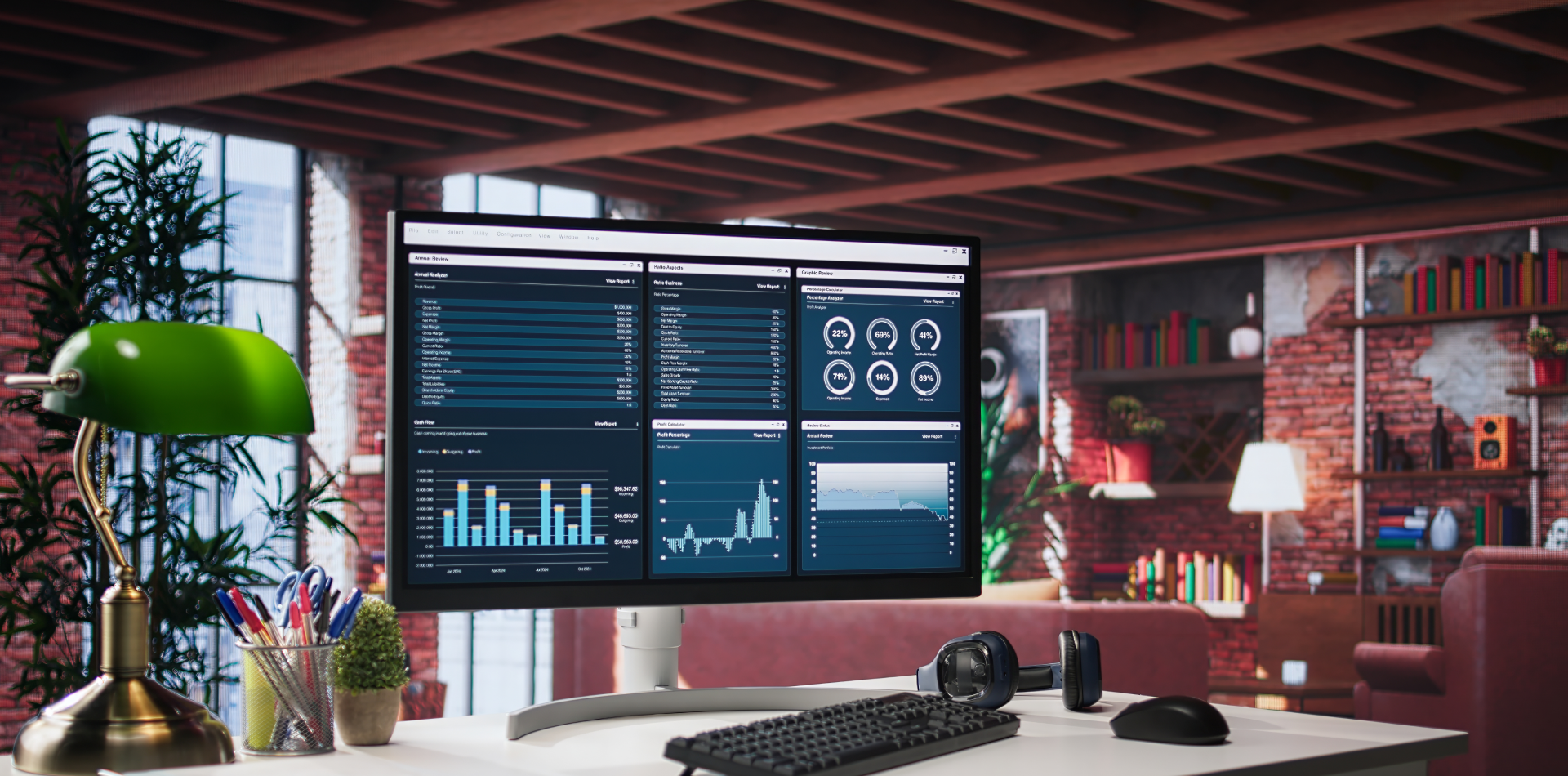In the ever-evolving landscape of product development, one approach has proven to be transformative: human-centered design (HCD). This methodology prioritizes the needs, behaviors, and experiences of users, ensuring that the final product not only meets but exceeds their expectations. In this blog post, we will delve into the principles of human-centered design and explore how it benefits both users and businesses.
Principles of Human-Centered Design
Human-centered design is founded on a set of core principles that guide the entire product development process. Let’s take a closer look at these principles and how they contribute to creating exceptional user experiences.

1. Empathy
Empathy is the cornerstone of human-centered design. It involves understanding the user’s context, emotions, and challenges. By putting themselves in the user’s shoes, designers can gain valuable insights into their needs and pain points. This deep understanding allows for the creation of products that genuinely resonate with users.
2. Collaboration
Human-centered design thrives on collaboration. It encourages the participation of diverse stakeholders, including designers, developers, product managers, and, most importantly, users. This collaborative approach ensures that multiple perspectives are considered, leading to well-rounded and innovative solutions.
3. Iteration
The iterative process is integral to human-centered design. It involves continuous prototyping, testing, and refining based on user feedback. This cyclical approach ensures that the product evolves and improves with each iteration, resulting in a final design that is both effective and user-friendly.
4. User Involvement
In human-centered design, users are not just passive recipients but active participants. Their feedback and insights are sought at every stage of the design process. By involving users early and often, designers can identify potential issues and address them before they become significant problems.
5. Contextual Understanding
Understanding the context in which a product will be used is vital. This includes considering the physical, social, and cultural environments of the users. A contextual understanding ensures that the design is relevant and adaptable to various user scenarios.
Benefits of Human-Centered Design
Adopting a human-centered design approach yields numerous benefits for both users and businesses. Let’s explore how this methodology creates a win-win situation.

1. Enhanced User Experience
By focusing on user needs and preferences, human-centered design leads to products that are intuitive, efficient, and enjoyable to use. Whether it’s a mobile app design, website design, or UI design, the result is a seamless and satisfying user experience.
2. Increased User Satisfaction
When users feel understood and valued, their satisfaction levels soar. Products that address real user problems and provide meaningful solutions foster positive emotions and loyalty. Satisfied users are more likely to become repeat customers and advocates for the brand.
3. Reduced Development Costs
While the iterative nature of human-centered design may seem time-consuming, it ultimately saves costs in the long run. By identifying and resolving issues early in the design process, businesses can avoid expensive redesigns and modifications post-launch.
4. Competitive Advantage
In a crowded market, products that prioritize user needs stand out. A human-centered design approach differentiates a brand from its competitors by offering unique and user-centric solutions. This competitive advantage can lead to increased market share and business growth.
5. Better Business Outcomes
Human-centered design not only benefits users but also drives business success. Products that resonate with users tend to have higher adoption rates, better engagement, and improved retention. These factors contribute to increased revenue and a stronger bottom line.
Applying Human-Centered Design to Various Domains
Human-centered design principles can be applied across various domains of product design, including:

1. Product Design
In product design, human-centered principles ensure that the physical and functional aspects of a product align with user needs. This approach leads to innovative and user-friendly products that solve real problems.
2. UI UX Design
For UI UX design, human-centered design creates interfaces that are intuitive, accessible, and visually appealing. By focusing on user behavior and preferences, designers can craft experiences that are both functional and delightful.
3. Mobile App Design
In mobile app design, human-centered design principles ensure that apps are user-friendly, responsive, and engaging. This approach leads to higher user satisfaction and increased app usage.
4. Website Design
When it comes to website design, human-centered design results in websites that are easy to navigate, visually appealing, and optimized for user engagement. This leads to better user retention and conversion rates.
5. Landing Page Design
Human-centered design not only benefits users but also drives business success. Products that resonate with users tend to have higher adoption rates, better engagement, and improved retention. These factors contribute to increased revenue and a stronger bottom line.
Conclusion
Human-centered design is more than just a methodology; it’s a mindset that places users at the heart of product development. By embracing the principles of empathy, collaboration, iteration, user involvement, and contextual understanding, businesses can create products that delight users and drive success. Whether it’s product design, UI UX design, mobile app design, website design, or landing page design, human-centered design is the key to unlocking exceptional user experiences and achieving business goals.




